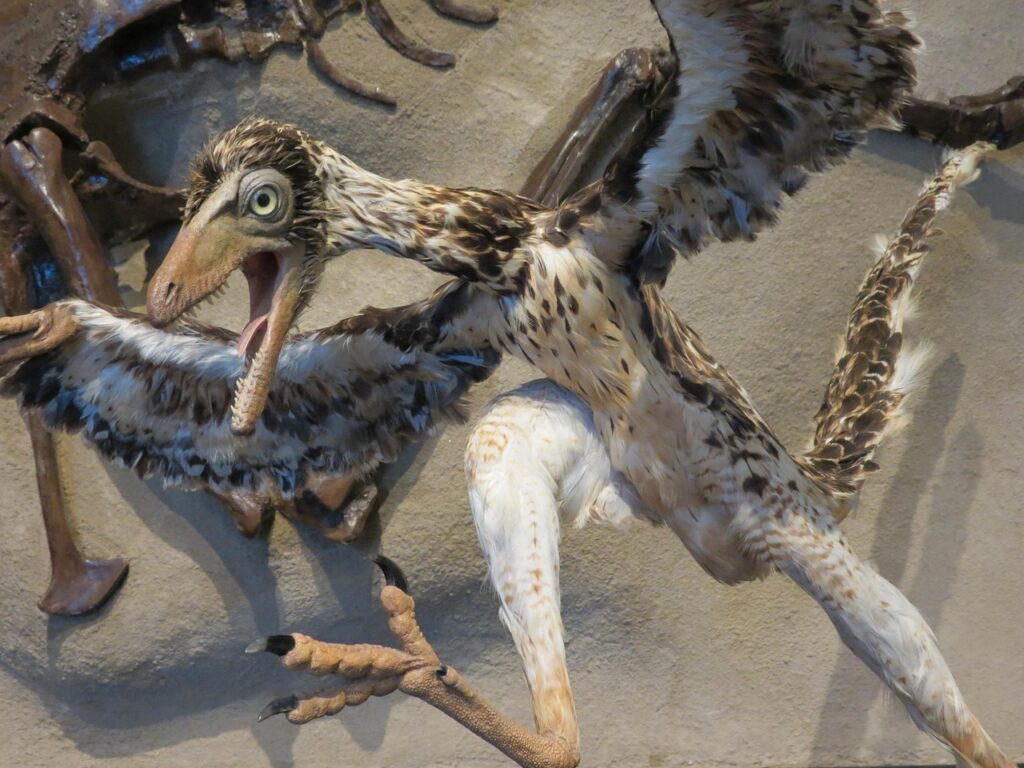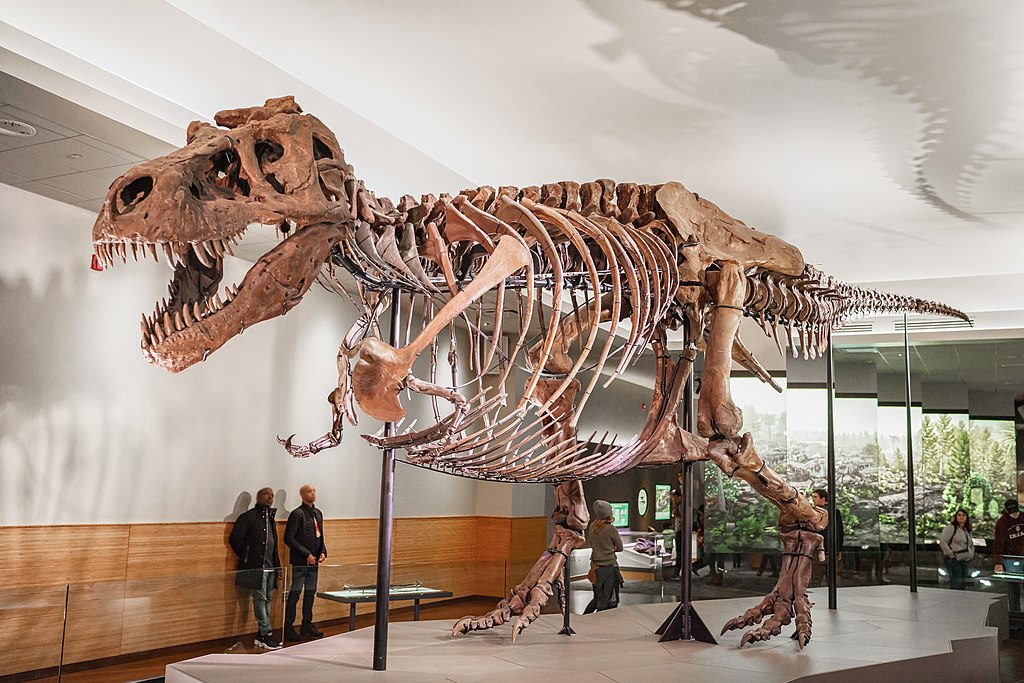When scientists attempt to resurrect the image of long-extinct animals, they face numerous obstacles. Perhaps none is more daunting than reconstructing species known only from fragmentary remains that lack cranial structures. Skulls provide crucial information about an animal’s sensory capabilities, feeding behaviors, and evolutionary relationships. Without these key anatomical pieces, paleontologists and evolutionary biologists must employ a variety of innovative techniques and educated estimates to bring ancient creatures back to life—at least in our scientific understanding. This article explores the complex challenges researchers face when attempting to rebuild extinct creatures without the benefit of skull fossils.
The Fundamental Challenge of Missing Skulls
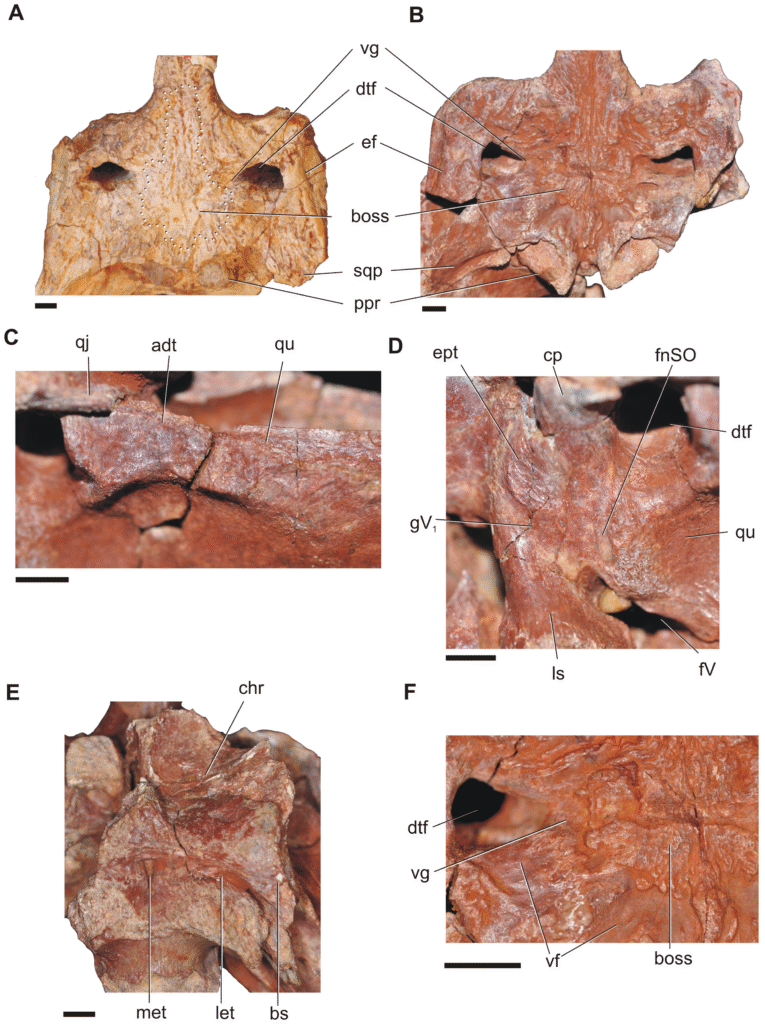
The skull serves as a biological blueprint that reveals essential information about an extinct animal’s lifestyle, intelligence, and evolutionary adaptations. When paleontologists discover remains without cranial structures, they lose direct evidence of brain size, sensory organ configuration, and jaw mechanics—all critical elements for understanding how the creature lived and interacted with its environment. This absence creates significant gaps in our knowledge that must be filled through comparative anatomy, phylogenetic bracketing, and biomechanical modeling. The scientific community must acknowledge these limitations while still attempting to create the most accurate reconstructions possible based on available evidence. In many cases, researchers must clearly distinguish between what is known with certainty and what represents their best scientific estimation when presenting reconstructions to both peers and the public.
Interpreting Fragmentary Fossil Records
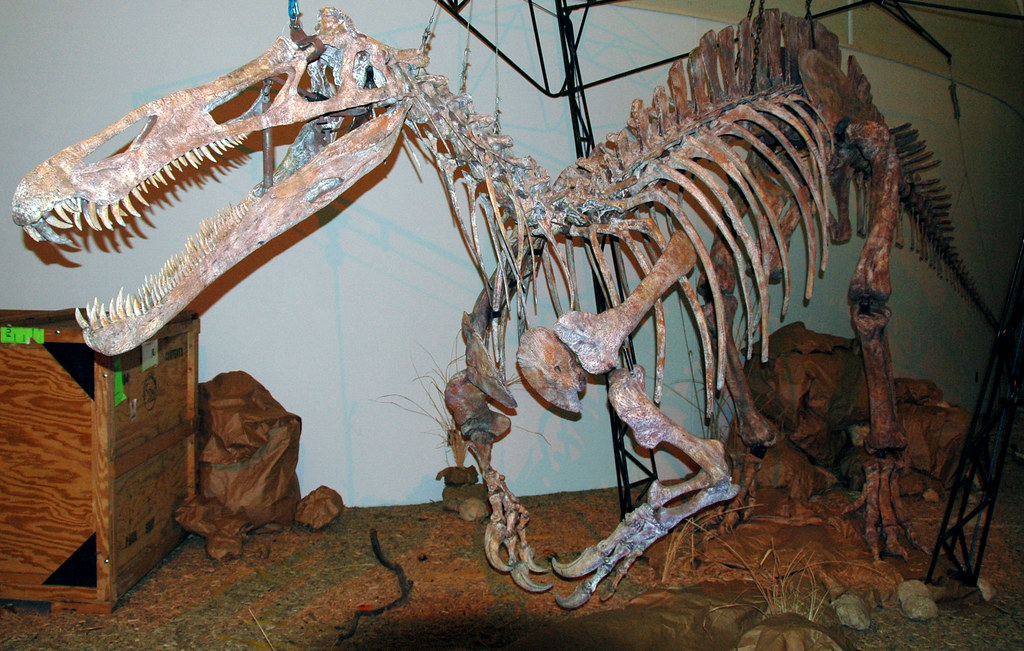
Paleontologists often work with incomplete specimens that provide only tantalizing glimpses into extinct life forms. When skull fossils are missing, scientists must maximize information from whatever skeletal elements are present, whether vertebrae, limb bones, or pelvic structures. These fragments can reveal important details about body size, locomotion style, and general ecological niche. For example, the discovery of Spinosaurus tail vertebrae in 2020 dramatically altered our understanding of this dinosaur’s aquatic adaptations, despite having incomplete cranial material. Researchers must employ multidisciplinary approaches, combining traditional paleontology with cutting-edge technologies like CT scanning and 3D modeling to extract maximum information from limited remains. The scientific process becomes particularly challenging when working with species known from single specimens or partial remains, requiring researchers to make more extensive inferences based on related species.
Phylogenetic Bracketing as a Reconstruction Tool
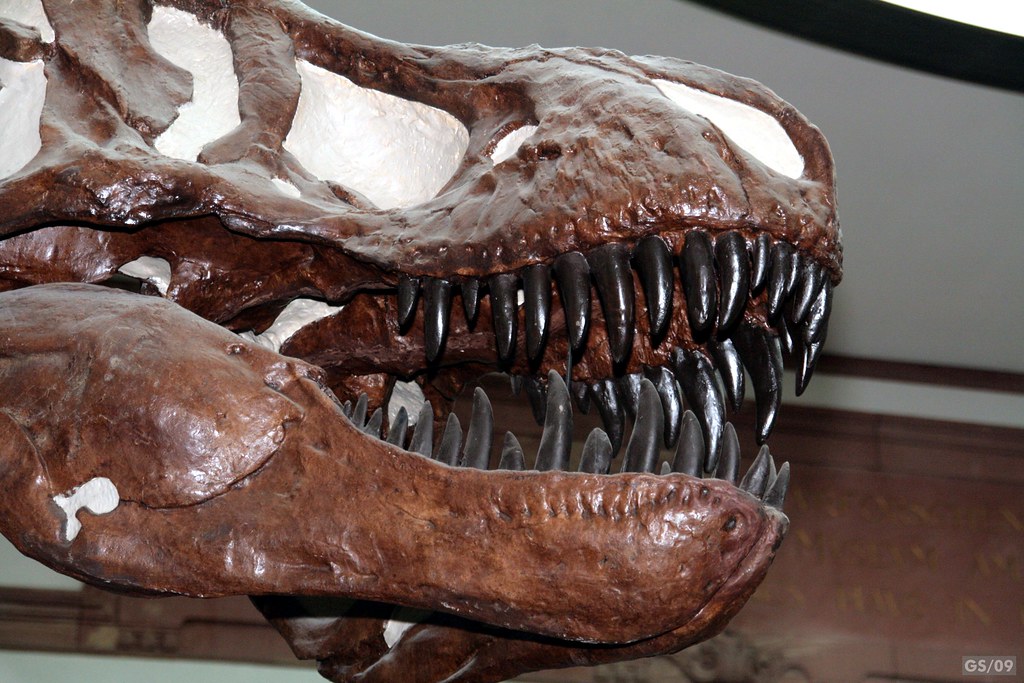
When direct evidence from skulls is unavailable, scientists often employ a method called phylogenetic bracketing to make educated estimates about an extinct animal’s features. This approach involves examining the closest living relatives and nearest extinct relatives with known skull structures to establish reasonable parameters for the missing elements. For instance, if reconstructing an extinct mammal without a skull, researchers would study related species in the same family or order to determine likely cranial features. This method operates on the principle that closely related organisms often share similar anatomical traits due to their common evolutionary history. However, this approach has limitations, particularly when the extinct species diverged significantly from its relatives or developed unique specializations. The farther removed an animal is from well-understood species, the more speculative any reconstruction becomes, requiring scientists to clearly communicate uncertainty levels in their work.
The Role of Comparative Anatomy in Reconstruction
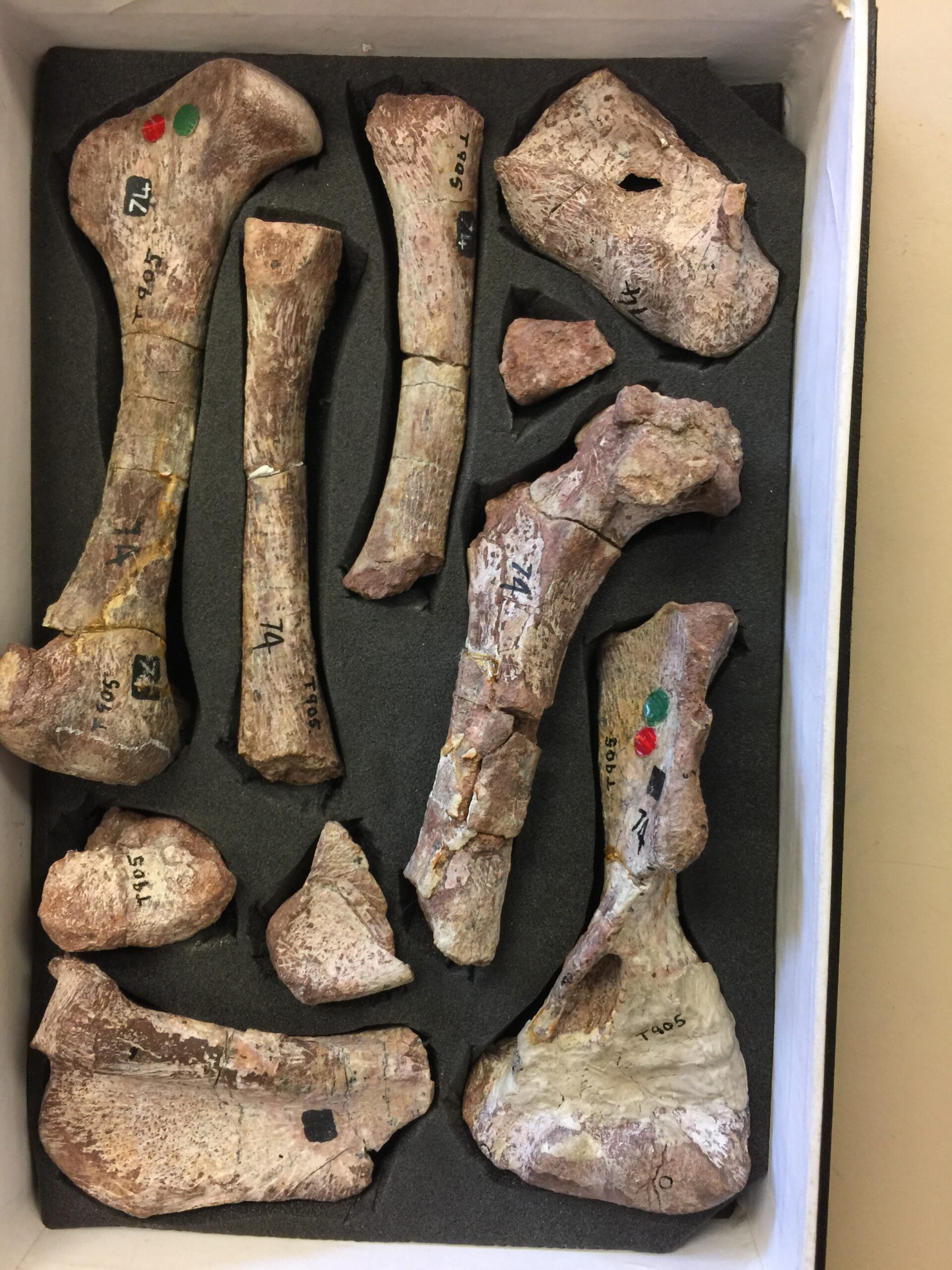
Comparative anatomy provides essential insights when rebuilding extinct creatures missing cranial structures. By studying anatomical relationships across diverse species, researchers can identify patterns and correlations between skeletal features and skull characteristics. For example, certain neck vertebrae adaptations typically correspond to specific head postures and sizes across vertebrate groups. Scientists examine how muscle attachment points on postcranial bones relate to skull morphology in living animals to make informed predictions about extinct species. This approach becomes particularly valuable when working with animals that have modern analogues or descendants with similar ecological niches. However, comparative anatomy has limitations, especially when dealing with highly specialized extinct lineages that evolved unique anatomical solutions without modern parallels. The scientific community continues to refine these methods by integrating data from increasingly diverse modern species to improve reconstruction accuracy.
Technological Innovations Aiding Reconstruction
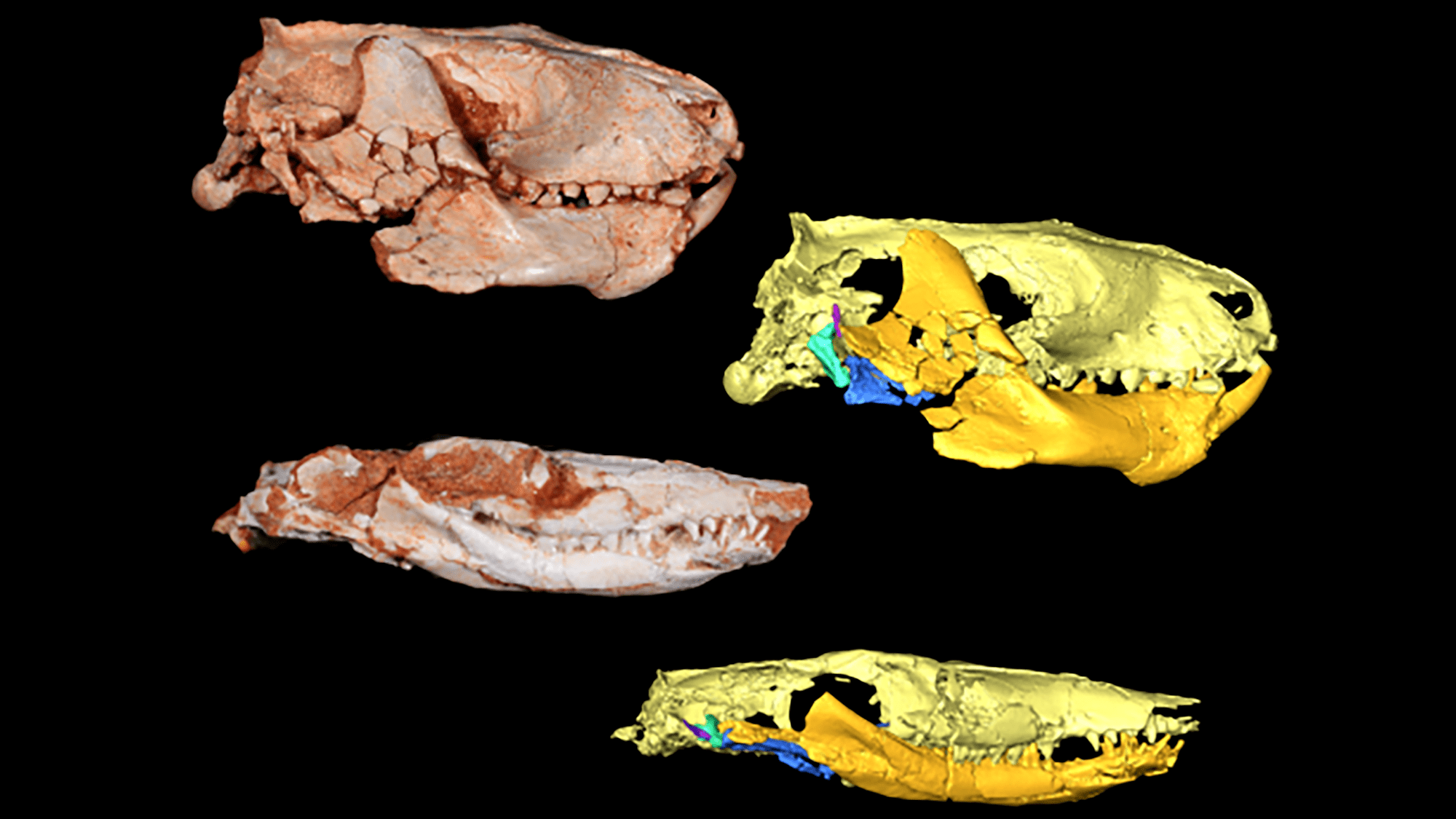
Modern technology has revolutionized how scientists approach the challenge of reconstructing extinct species without complete remains. Advanced imaging techniques, including micro-CT scanning, synchrotron radiation, and photogrammetry, allow researchers to examine fossil microstructures previously invisible to traditional methods. Sophisticated computer modeling programs can predict cranial structures based on biomechanical principles and the relationships between different skeletal elements. Artificial intelligence algorithms are increasingly being trained on databases of known species to predict missing anatomical features with greater accuracy. These technological approaches complement traditional paleontological methods by providing quantitative support for qualitative observations. However, scientists must remain vigilant about the limitations of technology-based reconstructions, as algorithms and models can only operate based on existing knowledge and assumptions programmed by human researchers.
Determining Diet Without Dental Evidence

One of the most challenging aspects of reconstructing extinct creatures without skulls is determining their dietary habits without teeth or jaw structures. Teeth provide direct evidence of an animal’s feeding adaptations, with distinct morphologies for herbivory, carnivory, omnivory, or specialized diets. Without dental evidence, scientists must rely on indirect indicators such as digestive tract fossils (rarely preserved), coprolites (fossilized feces), associated plant or animal remains, and isotopic analysis of bones to determine dietary preferences. The postcranial skeleton can offer clues through adaptations that correlate with certain feeding behaviors, such as forelimb structures adapted for digging or grasping prey. Environmental context also provides valuable insights, as the surrounding ecosystem suggests what food resources would have been available to the species. Despite these alternative approaches, dietary reconstructions without cranial evidence remain among the most speculative aspects of paleobiological research.
Challenges in Estimating Sensory Capabilities

The skull houses most vertebrate sensory organs, making it exceptionally difficult to determine an extinct animal’s perceptual world without cranial fossils. Brain endocasts, which preserve the shape of the brain cavity, provide crucial information about the relative size of brain regions associated with various senses. Without these structures, scientists must rely on indirect evidence, such as the size of neural canals in vertebrae that would have carried nerves to and from the brain. Environmental context becomes particularly important, as animals evolving in specific habitats typically develop enhanced sensory systems appropriate to their ecological niche. For example, nocturnal species generally have enlarged visual processing regions, while those living in dark environments often have reduced visual capabilities but enhanced tactile or olfactory senses. Researchers must acknowledge significant uncertainty in these reconstructions while providing the most scientifically defensible estimates based on comparative data and evolutionary principles.
Communicating Uncertainty in Scientific Reconstructions

Scientists face a significant challenge in communicating the speculative nature of reconstructions based on incomplete remains, particularly to non-scientific audiences. While researchers understand the provisional nature of their work, museum displays, scientific illustrations, and media representations often present reconstructions with an implied certainty that may not be warranted. Responsible scientific communication requires clear distinction between known elements based on fossil evidence and hypothesized features based on comparative anatomy or phylogenetic bracketing. Many museums and scientific publications now employ conventions such as different colors or textures to visually distinguish between confirmed and speculative anatomical features in reconstructions. Digital models increasingly incorporate confidence ratings for different anatomical regions, with some interactive displays allowing viewers to toggle between more and less speculative versions of reconstructions. This transparency maintains scientific integrity while still allowing for engaging visualizations of extinct life.
Case Study: Reconstructing Spinosaurus Without Complete Cranial Material
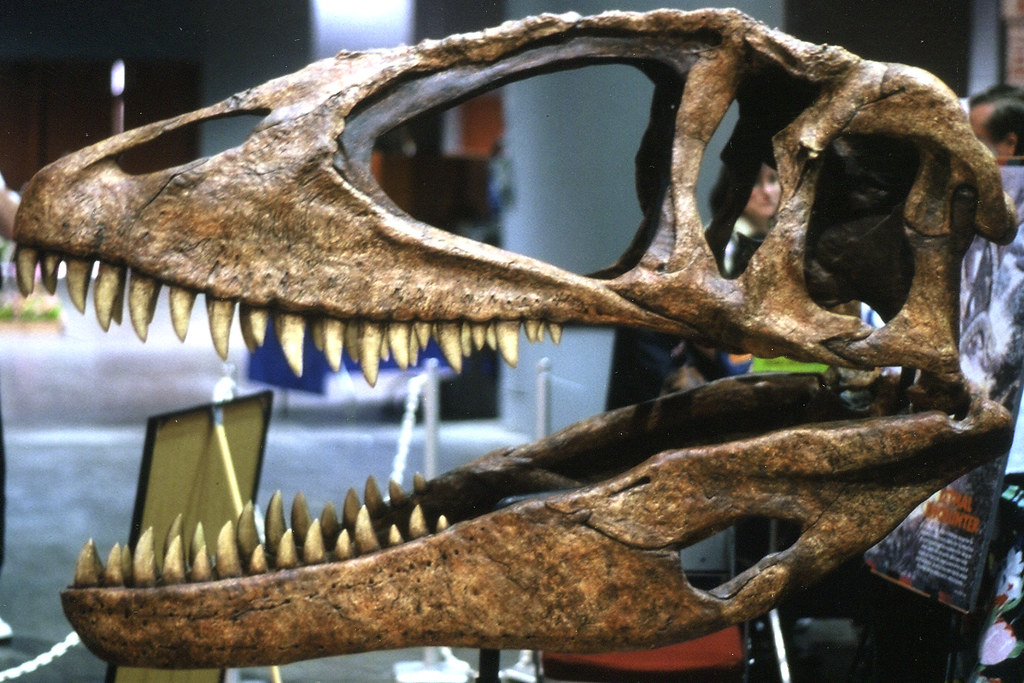
The ongoing reconstruction of Spinosaurus aegyptiacus exemplifies the challenges of rebuilding extinct creatures with incomplete cranial evidence. Though partial skull material exists for this species, much of our understanding comes from fragmentary remains discovered across different time periods and locations. Initially described by Ernst Stromer in 1915 from remains that were later destroyed during World War II, Spinosaurus has undergone multiple dramatic revisions as new fossil evidence has emerged. The discovery of partial skull fragments revealed a crocodile-like snout adapted for fishing, but debates continue regarding the exact head shape and proportions. Without complete cranial material, researchers have relied heavily on related spinosaurids and biomechanical principles to estimate the full cranial structure. The 2020 discovery of tail vertebrae suggesting a more aquatic lifestyle than previously thought demonstrates how new postcranial evidence can radically alter our understanding of an animal, even affecting how we interpret the partial cranial remains that do exist.
Ethical Considerations in Speculative Reconstructions
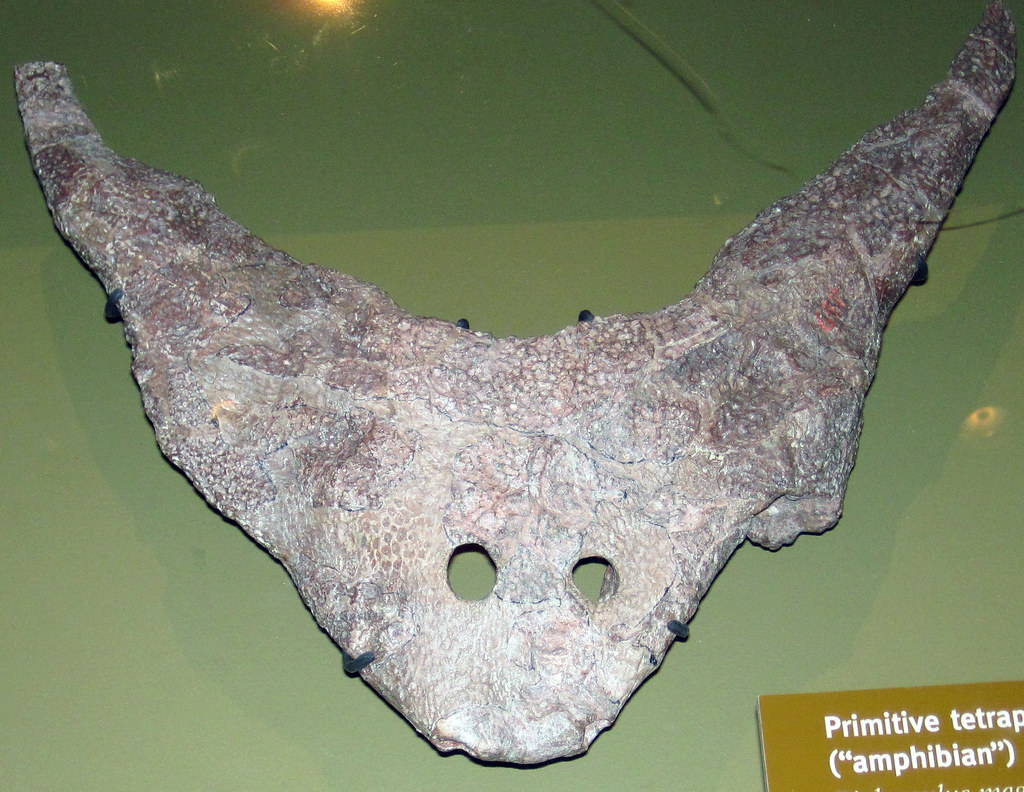
The creation of reconstructions based on incomplete evidence raises important ethical questions about scientific responsibility and public education. Scientists must balance the desire to create engaging, complete visualizations of extinct animals with the need for scientific accuracy and transparency about knowledge limitations. When creating museum exhibits or illustrations for public consumption, researchers and artists must consider how speculative elements should be presented to avoid misleading audiences while still fostering interest in paleontology. Some institutions have developed explicit guidelines for reconstruction projects, requiring clear documentation of evidence sources and confidence levels for different anatomical features. The scientific community increasingly recognizes that responsible reconstruction practices not only maintain academic integrity but also provide educational opportunities to explain the scientific process itself. By openly acknowledging uncertainties and revising reconstructions as new evidence emerges, paleontologists demonstrate the self-correcting nature of science.
The Impact of Missing Skulls on Evolutionary Studies
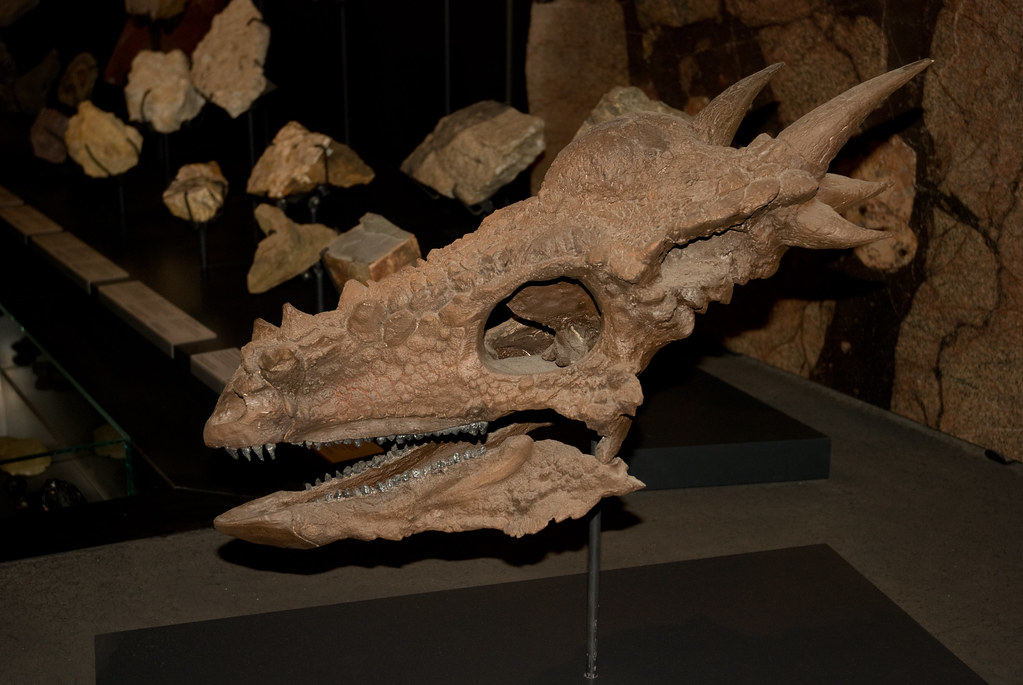
The absence of skull fossils significantly complicates efforts to understand evolutionary relationships between extinct species. Cranial features provide many of the key characteristics used in phylogenetic analysis, the method scientists use to determine evolutionary relationships between organisms. Without skulls, researchers must rely on postcranial characteristics that may be less phylogenetically informative or subject to convergent evolution, where similar features evolve independently in unrelated lineages due to similar environmental pressures. This limitation can lead to greater uncertainty in evolutionary trees and makes it more difficult to identify transitional forms between major groups. Scientists must employ more sophisticated statistical methods to account for missing data when building phylogenetic models without cranial evidence. Despite these challenges, researchers continue to refine methods for extracting maximum evolutionary information from incomplete remains, sometimes discovering that postcranial features can provide unexpected insights into evolutionary relationships that complement traditional cranial analysis.
Interdisciplinary Approaches to Reconstruction Challenges

Modern reconstruction efforts increasingly bring together diverse scientific disciplines to address the challenges of rebuilding extinct creatures without complete remains. Paleontologists now regularly collaborate with zoologists, evolutionary developmental biologists, biomechanical engineers, and computer scientists to develop more robust reconstruction methodologies. Zoologists provide crucial comparative data from living species, while evolutionary developmental biology offers insights into how genetic constraints might limit possible anatomical variations. Biomechanical engineers apply principles of physics and materials science to ensure reconstructions represent functionally viable organisms capable of movement and survival in their prehistoric environments. Computer scientists develop increasingly sophisticated algorithms to predict missing anatomical features based on known relationships between different body parts across diverse species. This interdisciplinary approach has substantially improved reconstruction accuracy, though it also requires researchers to develop broader scientific literacy across multiple fields. The most successful reconstruction projects often emerge from teams that effectively integrate these diverse perspectives while maintaining rigorous standards for evidence and inference.
Future Directions in Reconstructing the Past
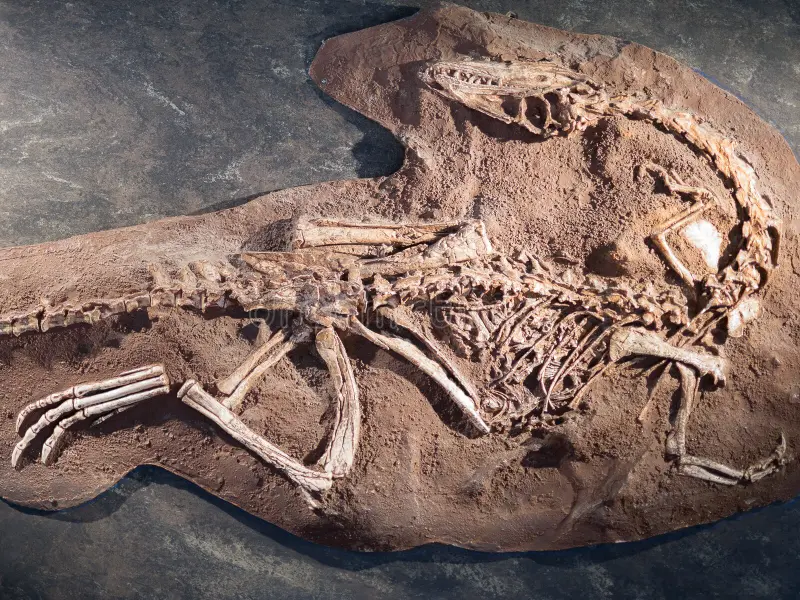
The field of paleontological reconstruction continues to evolve rapidly, with several promising developments that may help address the challenges of rebuilding extinct species without skulls. Advanced machine learning algorithms are being trained on comprehensive databases of vertebrate anatomy to identify subtle correlations between postcranial and cranial features that human researchers might miss. New molecular techniques are allowing scientists to extract ancient DNA and proteins from fossils previously considered too degraded for such analysis, potentially providing genetic insights even when complete physical structures are missing. Interdisciplinary collaboration between paleontologists and developmental biologists is revealing how evolutionary developmental pathways constrain anatomical possibilities, narrowing the range of plausible reconstructions. Citizen science initiatives are helping catalog and digitize vast museum collections, making comparative data more accessible for reconstruction projects. As these approaches mature, they promise to reduce uncertainty in reconstructions while providing more transparent methods for communicating confidence levels to both scientific and public audiences, ensuring that our understanding of extinct life forms continues to improve despite the inherent limitations of an incomplete fossil record.
Conclusion

The challenge of reconstructing extinct creatures without skull fossils represents one of paleontology’s most difficult puzzles. Scientists must navigate significant knowledge gaps while employing a sophisticated toolkit of comparative anatomy, phylogenetic analysis, biomechanical modeling, and cutting-edge technology. While these approaches cannot eliminate uncertainty, they provide our best window into lost worlds and extinct creatures. As research methods continue to advance, reconstructions will undoubtedly become more refined, though they will always require careful distinction between established facts and informed speculation. This scientific journey not only illuminates the past but also demonstrates the remarkable ingenuity of researchers who piece together life’s history from fragmentary clues, reminding us that our understanding of extinct life forms is an ongoing process of discovery and revision.


